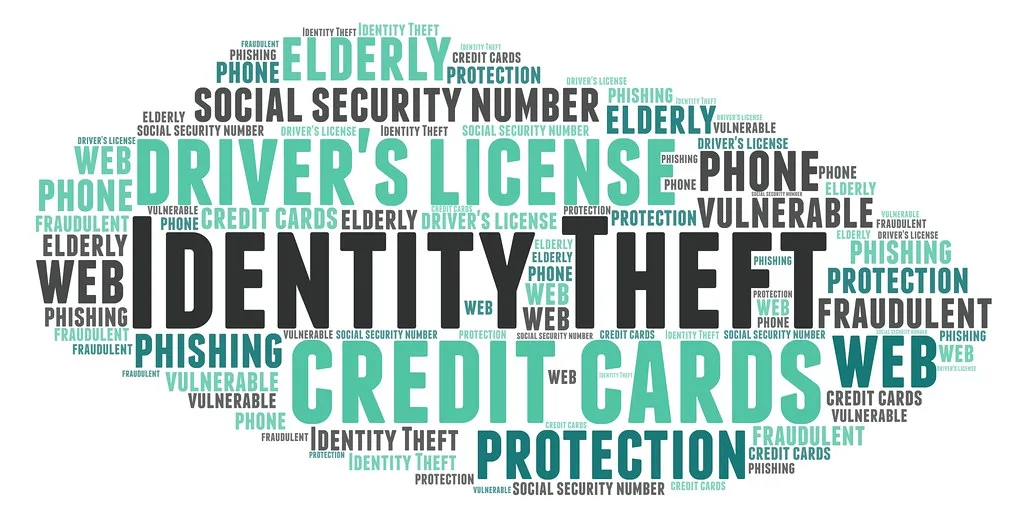The digital sphere keeps widening, and so do the threats in virtual communications. And a disturbing form of online harassment is cyberstalking, which is an issue frequently faced by teenagers today.
This post seeks to provide teens with necessary information concerning cyberstalking, which will include its definition, symptoms, cases, prevention and legal issues under the Information Technology Act in India.
Cyberstalking Definition
Cyberstalking refers to the use of any electronic means by an individual to engage in the systematic harassment, threat, and intimidation of an individual.
Cyberstalking differs from the orthodox stalking that it is digital in nature, utilizing various Internet portals to intrude into a person’s life and induce mental exertion. Understanding the patterns of cyberstalking plays an essential role for teenagers struggling with new technologies

Cyberstalking uses different forms of social media to break into a person’s life and inflict emotional suffering. Knowing how cyberstalking works is important for teens as they try to survive in the realm of the internet
5 Signs of Cyberstalking
Identifying symptoms of cyber-stalking is paramount for teenagers in order to develop strategies for self-protection and seek help when needed
Unwanted Communication
Getting constant and unwanted messages, emails, and friend requests from an individual after obvious signs of disinterest are received
Tracking and Monitoring
Realizing strange behavior such as someone aware of your geographic position or web activities always without your permission
Impersonation
Finding fake profiles created on purpose to mislead and harm the victim, sometimes by using their identity or pictures
Threats and Harassment
Obtaining threatening messages, demeaning words or offensives material which causes fear and panic
Invasion of Privacy
Being subjected to the breach of privacy by unauthorized access or sharing private information, photos or videos

5 Examples of Cyberstalking
To grasp the severity of cyber-stalking, consider the following examples
Persistent Messaging
Getting inundated with unwanted messages from a person who fails to respect the boundaries
Doxxing
The realization that sensitive personal information — like your address or phone number — has been made public without your approval
Catfishing
Forming a false connection with an fictional person on the internet and then getting emotionally manipulated
Revenge Porn
Experiencing non-consented image sharing, which causes discomfort and sometimes a damage to reputation
Online Stalking
Knowing that someone is always watching your online activities, tracking you and getting inside your virtual environment
I think computer viruses should count as life. I think it says something about human nature that the only form of life we have created so far is purely destructive. We’ve created life in our own image.
Stephen Hawking
5 Ways To Prevent Cyberstalking
Empowering teens to protect themselves from cyber stalking involves adopting proactive strategies
Privacy Settings
Check and beef up privacy controls on your social media sites to decide who can see your information
Online Awareness
Be wary about showing sensitive personal data online and be careful when communicating with unknown people
Reporting and Blocking
File a complaint with the platform administrators and use blocking tools to stop communication with the harassers
Password Security
Strengthen password protection to protect your accounts from unauthorized access
Educational Initiatives
Participate in educational initiatives that promote safe online interactions and develop digital citizenship qualifications
Cyberstalking Laws
Almost all countries have enacted legislation related to cyber-stalking, which is also different from country to country. In India, one of the laws that have been put into force to combat cybercrimes, including cyberstalking is the Information Technology Act, 2000.
Information Technology Act in India:
Making electronic transactions, Information Technology Act, adopted in 2000 regulates and facilitates cyber-stalking. Key provisions include:
1. Section 66A: First introduced as an attempt to curb offensive online communication, this section was deemed unconstitutional by the Supreme Court of India in 2015, necessitating more accurate legislation.
2. Section 66E: Addresses the violation of privacy by taking, publishing or disseminating a person’s private area images without their permission.
3. Section 67: It can be used in cyber-stalking cases that have to do with obscene material published or transmitted online.
4. Section 72: Criminalizes the illegal disclosure of defender’s personal information or data.
Unlike the Information Technology Act that has the legal framework in place, there is a need to continuously amend and update it so as to keep abreast with the ever changing nature of cybercrimes.

In today’s internet age where digital relationships are just part of adolescent life, understanding the problems presented by cyber-stalking is a must. All teenagers need to identify the warning signs, take preventive action and understand what legal options they can exercise.
Like other countries’ legislation, such as the Information Technology Act in India, it is an instrument of justice and protection. With the establishment of a culture of digital responsibility and resilience, teenagers can better cope with the virtual environment while feeling protected, safe, and powerful.




